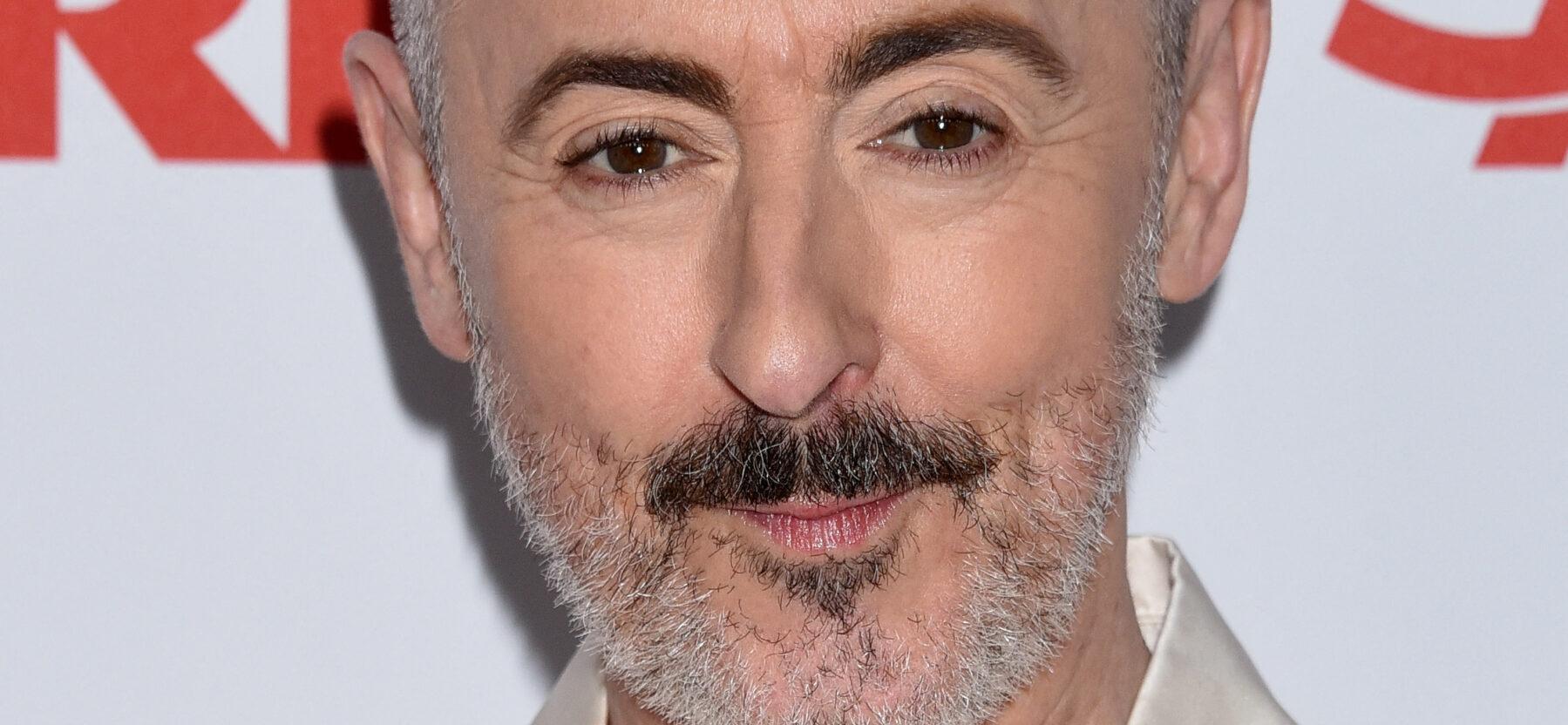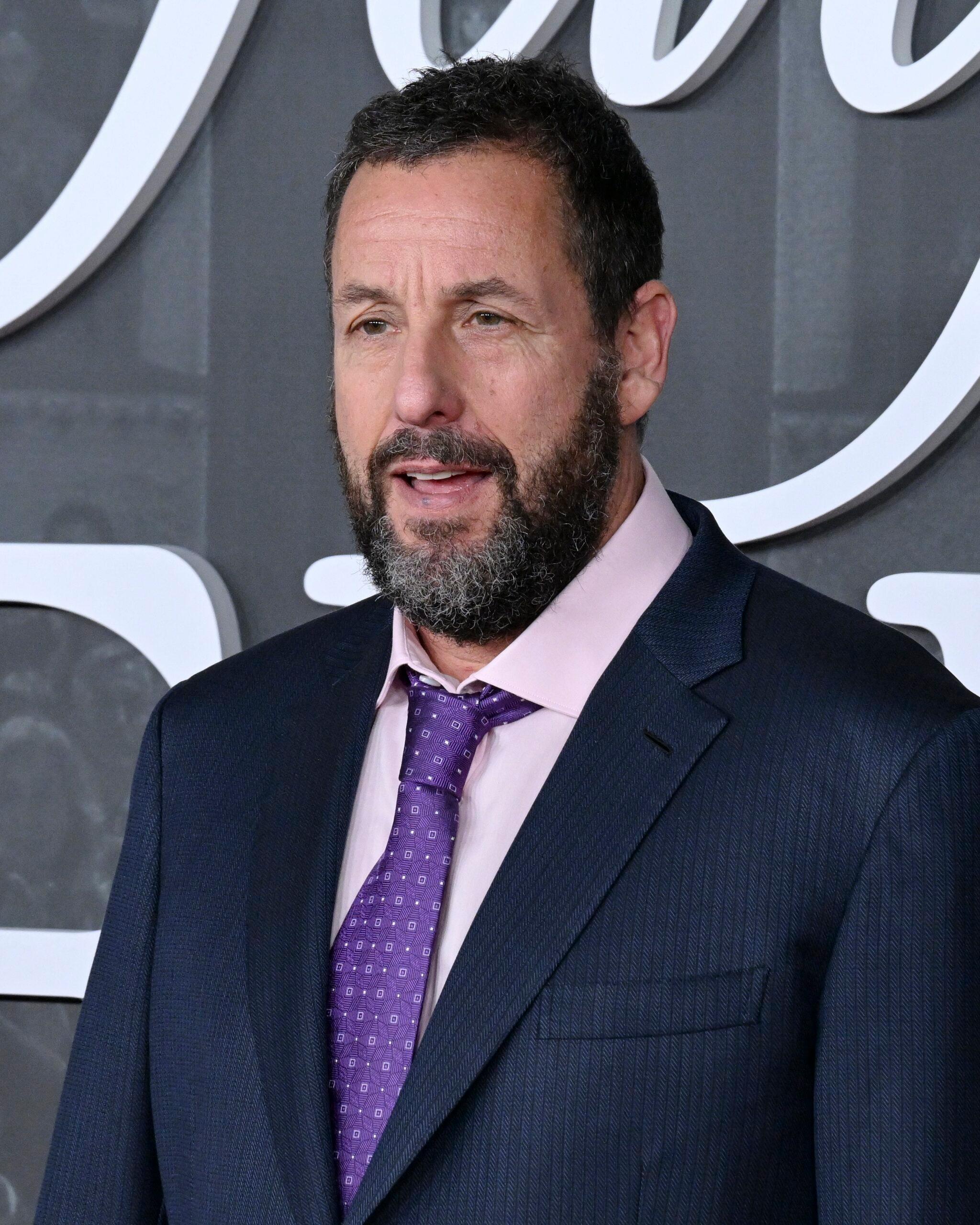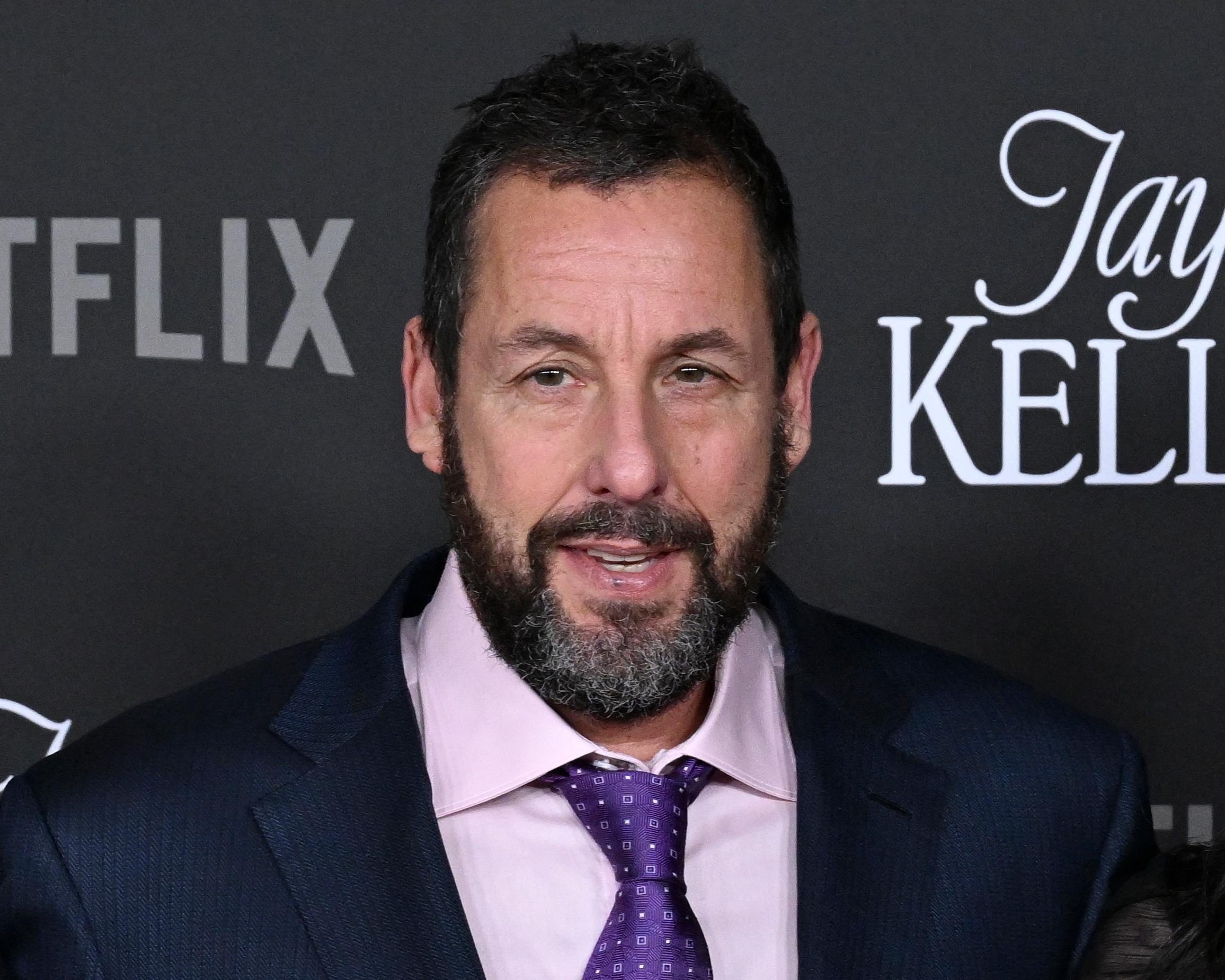Entertainment
Alan Cumming Goes Live To Reveal The Movies For Grownups 2026 Nominees

AARP is gearing up to celebrate the best films and TV shows of the year with its annual Movies for Grownups Awards, and the nominations are about to be revealed live. On Wednesday, November 19, Tony and Emmy Award-winning actor Alan Cumming will go live on Instagram and Facebook to announce the 2026 nominees, honoring standout storytelling that resonates with the influential 50-plus audience. The livestream begins at 8 a.m. PT / 11 a.m. ET on AARP’s official social channels, with the full nomination list posting immediately afterward at AARP’s Movies for Grownups Awards official website.
Article continues below advertisement
AARP’s Movies For Grownups Continues To Champion Age-Positive Storytelling

Now in its third decade, Movies for Grownups has remained a leading voice in spotlighting age representation in Hollywood. The awards honor films, TV series, and creators that reflect the depth, complexity, and continued cultural power of viewers over 50. As Hollywood more openly embraces longevity, reinvention, and multigenerational storytelling, this year’s reveal marks another milestone in the push for age inclusivity on screen.
This upcoming nominee announcement also kicks off the countdown to the star-studded ceremony returning January 10, 2026, at the iconic Beverly Wilshire, A Four Seasons Hotel, where Cumming will once again serve as host.
Article continues below advertisement
Where And How To Watch The Nominee Reveal

Fans, industry watchers, and film lovers can tune in easily:
- DATE: Wednesday, November 19, 2025
- TIME: 8 a.m. PT / 11 a.m. ET
- WHERE: @AARP on Instagram Live and Facebook Live
Immediately following the livestream, AARP will publish the full list of nominees online, allowing fans to see which films, performances, and shows made the cut.
Article continues below advertisement
AARP’s Movies For Grownups Categories To Be Announced

This year’s nominations will highlight excellence across major categories, including:
- Best Movie for Grownups
- Best Actor
- Best Actress
- Best Director
- Best TV Series or Limited Series
- Career Achievement Award (honoring a legendary artist whose work has made a lasting impact)
- …and more categories celebrating standout storytelling
The Movies for Grownups Awards have long recognized some of Hollywood’s most beloved talents, and this year promises another impressive list of honorees.
Article continues below advertisement
Adam Sandler To Receive Movies For Grownups Career Achievement Award

As AARP prepares to honor the year’s most impactful film and television work, the organization has announced that Adam Sandler will receive the prestigious Movies for Grownups Career Achievement Award at the ceremony on Saturday, January 10, 2026, in Beverly Hills, California. The honor recognizes Sandler’s decades-spanning influence, creative range, and ability to connect with audiences across generations.
Article continues below advertisement
“We couldn’t be prouder to present this year’s Movies for Grownups Career Achievement Award to Adam Sandler, a Hollywood legend whose remarkable career has set a new standard for comedic storytelling, captivating audiences across generations,” Myechia Minter-Jordan, CEO of AARP, said. “Adam’s enduring success, his ability to reinvent himself, inspire laughter, and move us through dramatic performances, is a testament to the power of creativity at every age.”
Adam Sandler Reflects On Aging Ahead Of His Movies For Grownups Career Achievement Honor

Sandler, who has successfully transitioned from beloved comedic icon to critically praised dramatic actor, has been open about embracing his evolution as a performer and as a man in his 50s. In 2022, he told AARP that leaning into roles that reflect his age feels natural and empowering. “It feels great. It makes sense. I’m getting older. That doesn’t mean I feel old,” he said. “But I like my age, and it’s fun to play my age. It’s freeing.”
Article continues below advertisement
“I like giving myself over to a new challenge,” he added. “Sometimes I feel like I’m tapped out with new thoughts, and then all of a sudden, something new comes up and I go, ‘OK, how can I make this happen?’” And while fans already know Adam Sandler will receive the Career Achievement Award, they’ll have to tune in to see which films, shows, and stars snag nominations in every other category.
Alan Cumming will announce the nominees for the 2026 Movies for Grownups Awards with AARP on Wednesday, November 19, 2025, starting at 8 a.m. PT/ 11 a.m. ET on @AARP’s social channels, Instagram Live, and Facebook Live. The Movies for Grownups Awards with AARP will be broadcast by PBS on Great Performances Sunday, February 22, 2026, at 7 p.m. ET and on pbs.org/moviesforgrownups and on the PBS app.








